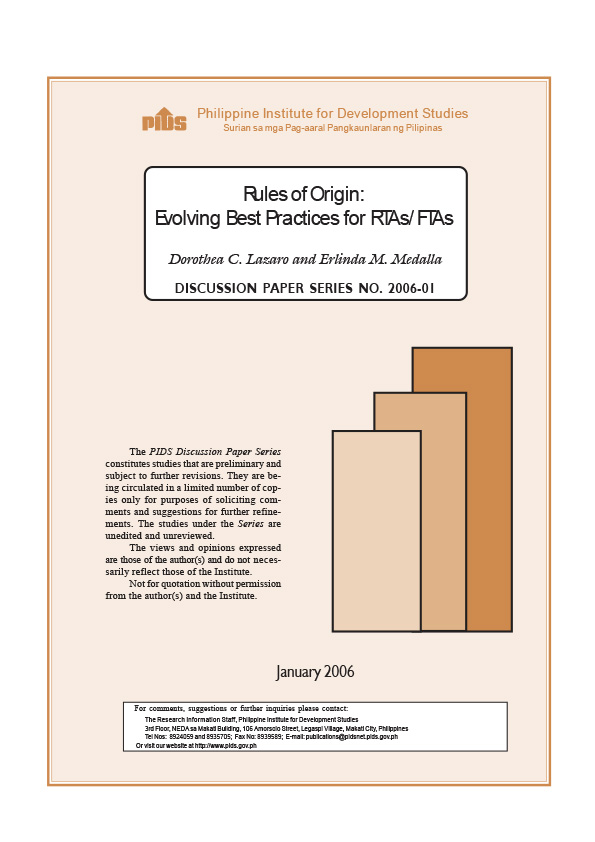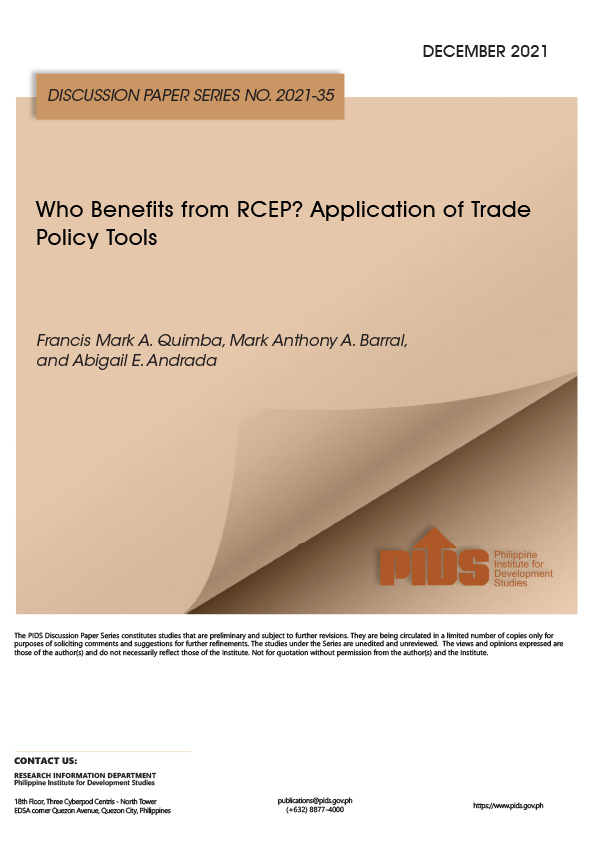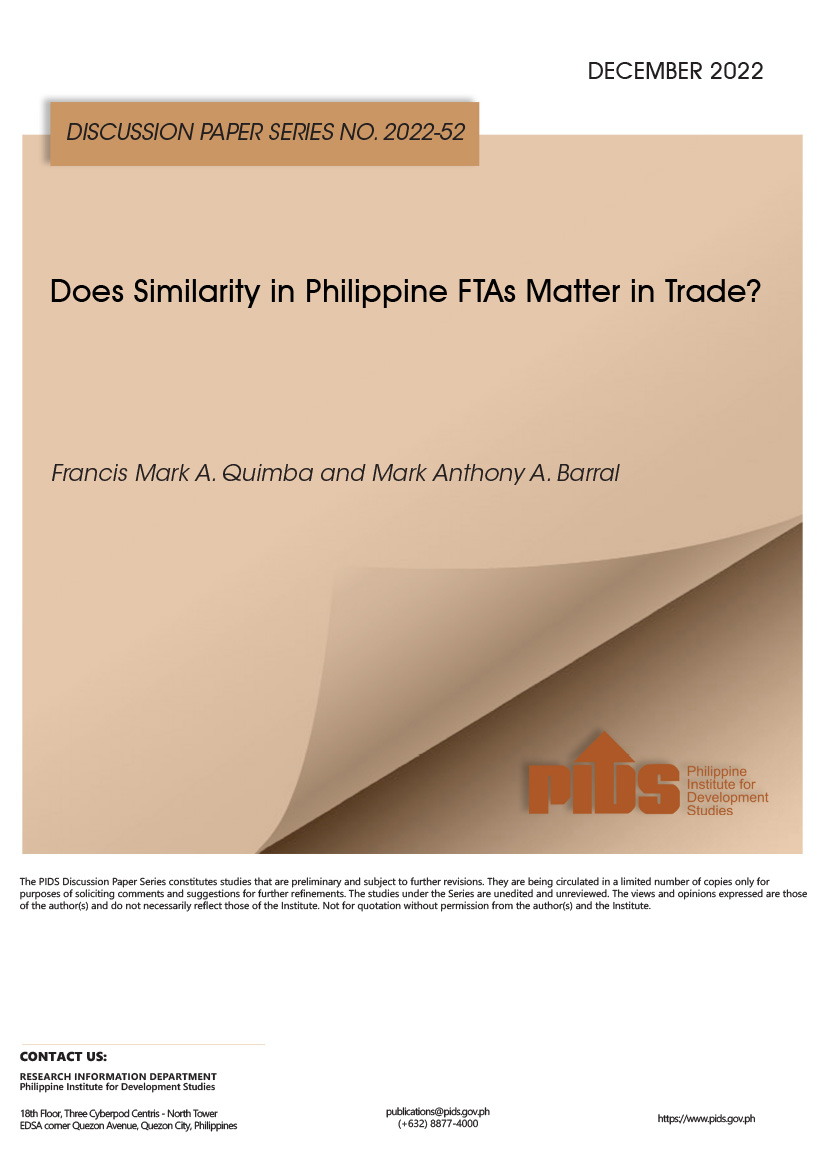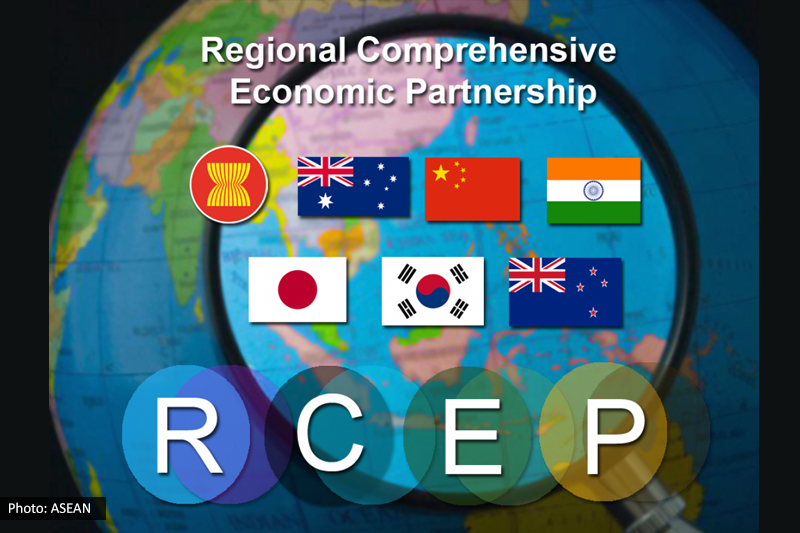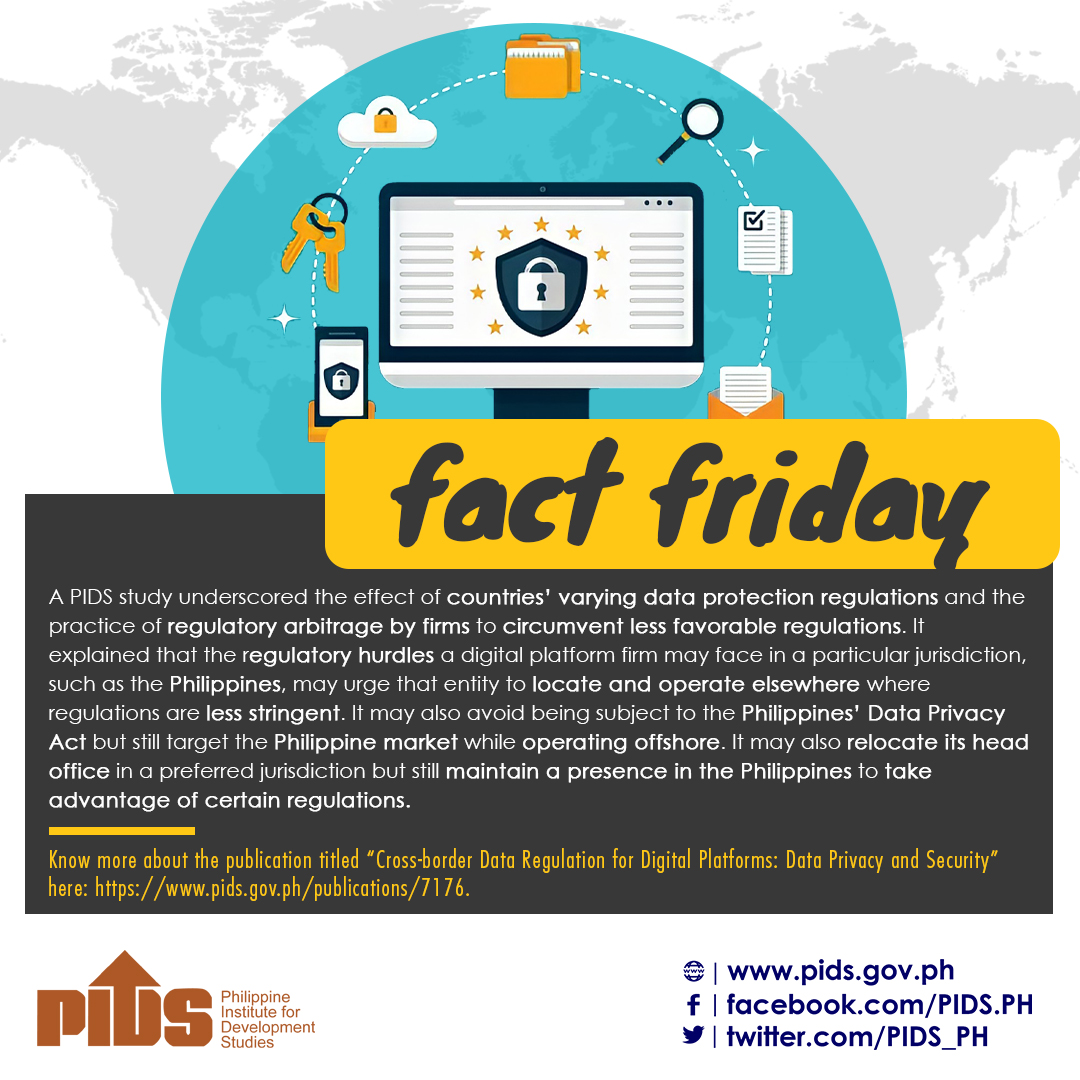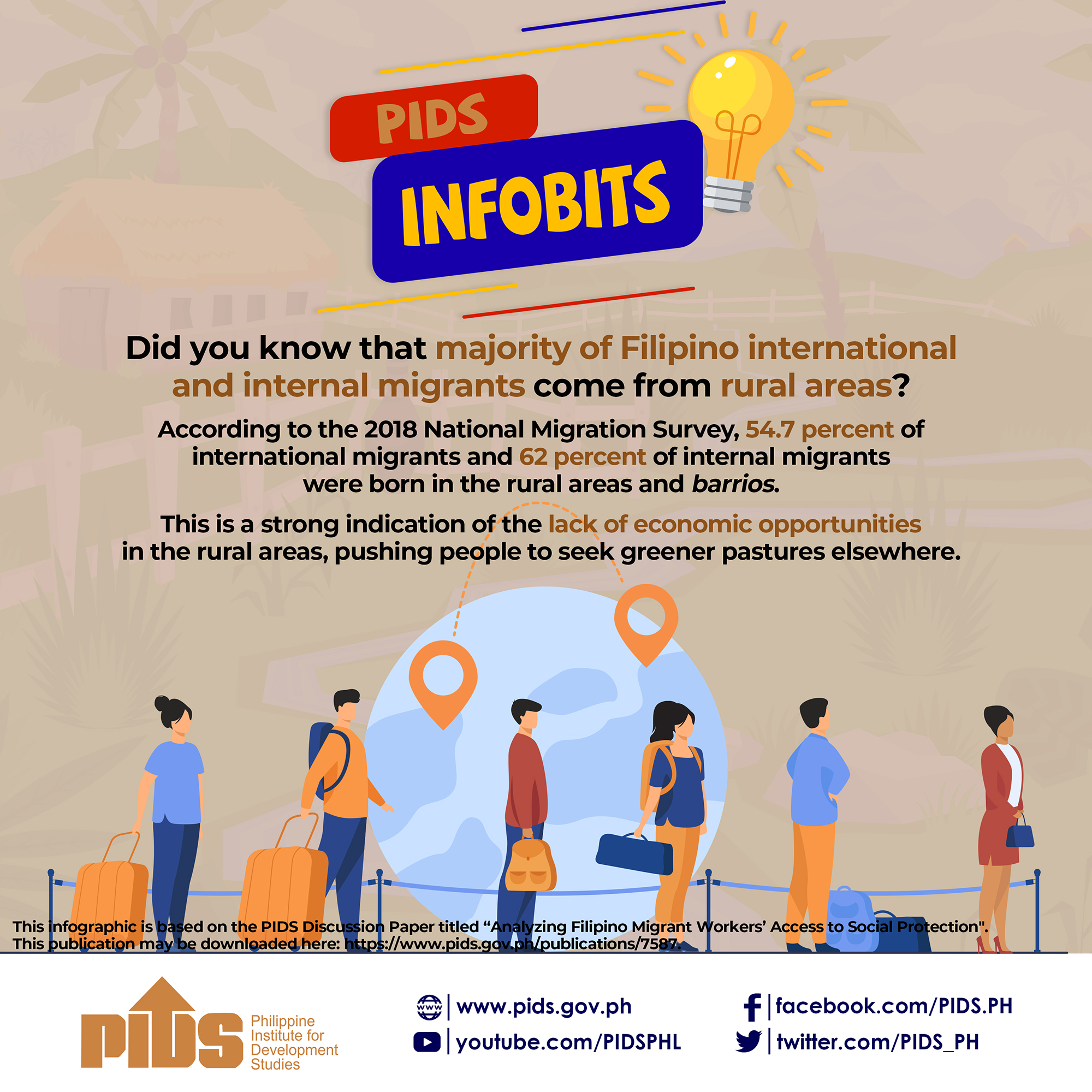The paper aims to add to the understanding of the issues and suggests a framework to move toward the use of best practice in ROOs. Rules of origin (ROO), originally designed as uncontroversial and neutral devise for authentication and statistical purposes, have evolved over time to accommodate different purposes which come about with new technologies and other developments, across different trade regimes. ROO is becoming a tool in implementing discriminatory trade policies and trade policy instrument per se. ROO has become a critical and to some extent, a “dragging point” in the negotiation process of recent trade agreements. The growing relevance of ROO in trade negotiations cannot be overemphasized. The paper begins with the definition that has been adopted and traces the developments in the use of ROOs. It looks at ROOs within the context of multilateral rules of origin and the preferential ROO in Regional or Bilateral FTAs. Different types of ROO with some illustration from existing RTA are also presented. The paper also focuses on some recurring ROO issues, and presents some suggestions for a framework for ROO best practices which is characterized by transparency, predictability, neutrality, and non-discrimination, and with the added dimension of being development-friendly.
Citations
This publication has been cited 11 times
- Lazaro, Dorothea C., Ganeshan Wignaraja, and Genevieve De Guzman. 2011. Factors affecting use or nonuse of Free Trade Agreements in the Philippines. Philippine Journal of Development PJD 2009, 36, no. 2. Philippine Institute for Development Studies.
- Medalla, Erlinda M.. 2010. Rules of origin: Regimes in East Asia and recommendations for best practice. (via RePEc).
- Medalla, Erlinda M.. 2008. Rules of origin: Regimes in East Asia and recommendations for best practice. Trade Working Papers 22665. East Asian Bureau of Economic Research.
- Medalla, Erlinda M.. 2008. Rules of origin: Regimes in East Asia and recommendations for best practice. Discussion Papers DP 2008-19. Philippine Institute for Development Studies.
- Medalla, Erlinda M. and Jenny D. Balboa. 2009. ASEAN rules of origin: Lessons and recommendations for best practice. Discussion Papers DP 2009-36. Philippine Institute for Development Studies.
- Medalla, Erlinda M. and M. Supperamaniam. 2008. Suggested rules of origin regime for EAFTA. Trade Working Papers 22014. East Asian Bureau of Economic Research.
- Medalla, Erlinda M. and M. Supperamaniam. 2008. Suggested rules of origin regime for EAFTA. Trade Working Papers 22664. East Asian Bureau of Economic Research.
- Medalla, Erlinda M. and M. Supperamaniam. 2008. Suggested rules of origin regime for EAFTA. Discussion Papers DP 2008-22. Philippine Institute for Development Studies.
- Raihan, Selim. 2008. Rules of origin and sensitive list under SAFTA and bilateral FTAs among South Asian countries: Quantitative assessments of potential implications for Nepal. MPRA Paper 37893. University Library of Munich, Germany.
- Wignaraja, Ganeshan, Dorothea Lazaro, and Genevieve De Guzman. 2010. FTAs and Philippine business: Evidence from transport, food, and electronics firms. Trade Working Papers 22880. East Asian Bureau of Economic Research.
- Wignaraja, Ganeshan, Dorothea Lazaro, and Genevieve DeGuzman. 2010. FTAs and Philippine business: Evidence from transport, food, and electronics firms. ADBI Working Papers 185. Asian Development Bank Institute.

